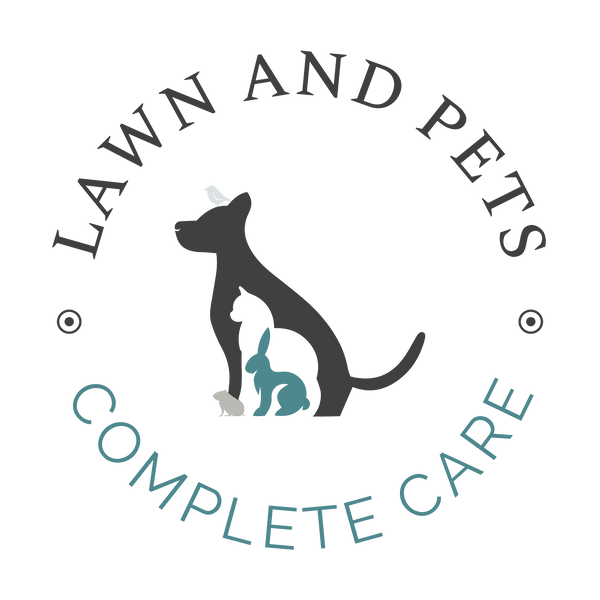Zoo Med Humidity Plus™ Silicone Terrarium Cover
Zoo Med Humidity Plus™ Silicone Terrarium Cover
88 en existencias
No se pudo cargar la disponibilidad de retiro
Overview
Maintaining proper humidity levels is essential for the health and well-being of reptiles, amphibians, and tropical species. The Zoo Med Humidity Plus Silicone Terrarium Cover helps retain moisture inside your terrarium by slowing down the evaporation process.
By reducing airflow through screen lids, this flexible silicone cover helps sustain high humidity levels for longer periods—ideal for tropical habitats or enclosures where substrates, décor, and plants tend to dry out quickly. It’s easy to trim, customize, and install for a perfect fit on your habitat.
Key Features
-
Maintains Humidity: Slows down moisture loss to keep humidity levels stable for longer periods.
-
Flexible Silicone Material: Easily trims to size for a custom fit on your terrarium screen top.
-
Simple Installation: Lay over the screen, mark light and ventilation areas, and cut to fit.
-
Ideal for Tropical Setups: Supports reptiles and amphibians that require high humidity environments.
-
Reusable & Easy to Clean: Durable silicone material wipes clean and can be reused.
-
Customizable Fit: Works with a variety of terrarium sizes and configurations.
Important Notes
-
UVB & UVA light will not penetrate through this material—ensure your UVB lamps are positioned in open areas.
-
Do not place lamps or heaters directly on the silicone mat.
-
This cover reduces ventilation—leave adequate space for fresh air exchange.
Product Specifications
| Specification | Details |
|---|---|
| Brand | Zoo Med |
| Product Name | Humidity Plus Silicone Terrarium Cover |
| Item Number | NT-SC |
| Type | Silicone Terrarium Humidity Cover |
| Material | Flexible silicone |
| Function | Retains humidity and reduces evaporation |
| Use | Place on top of terrarium screen |
| Compatibility | All screen-top terrariums |
| Warnings | UVB/UVA do not pass through; avoid direct lamp contact |
| Applications | Tropical reptile, amphibian, and invertebrate habitats |
